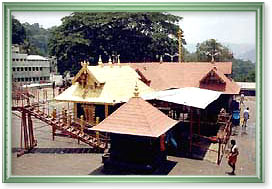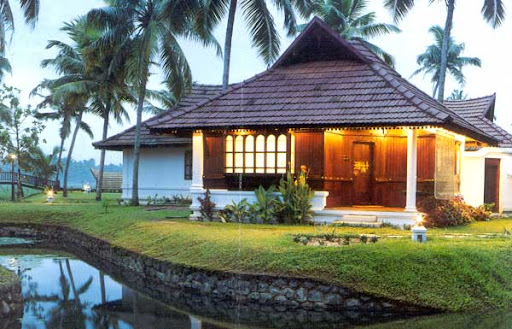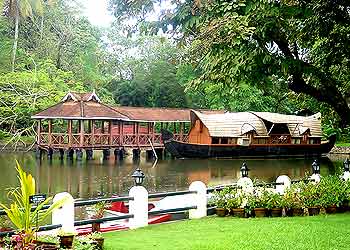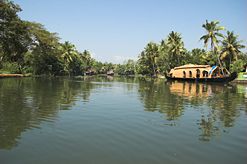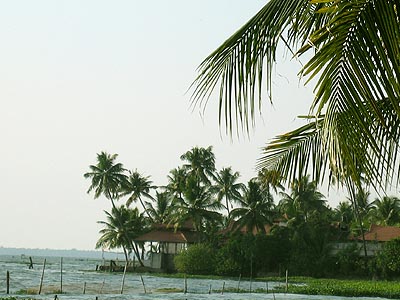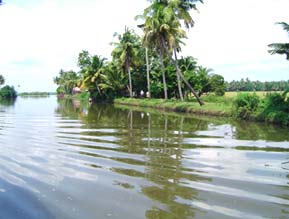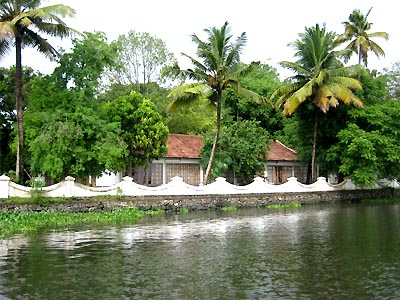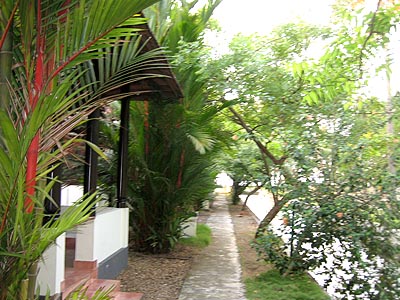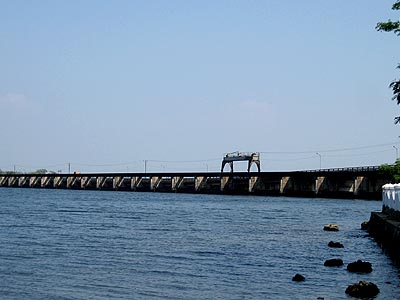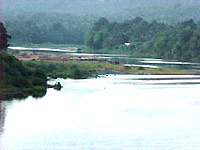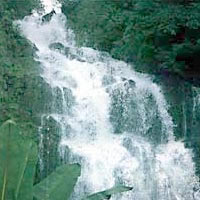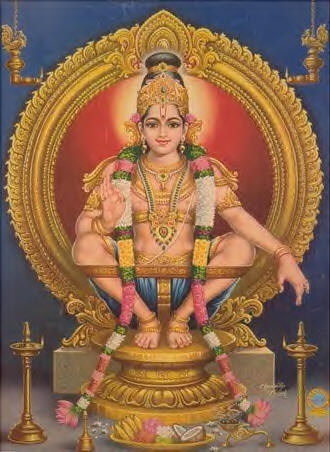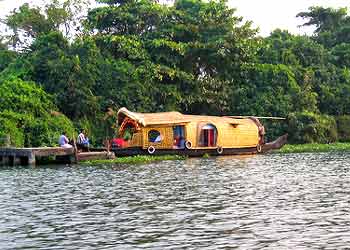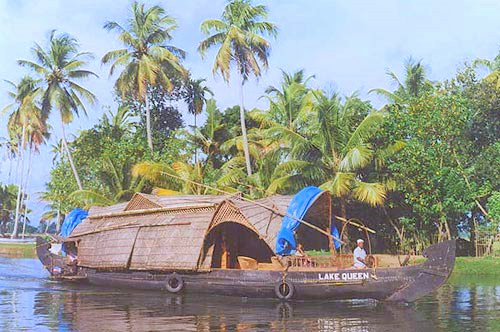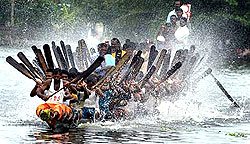 Kerala, especially Alappuzha is famous for Snake Boats or locally cally Chundan Vallams. Snake boat races (chundan vallam kali) is normally conducted during Kerala's main festival (Onam) season.
Kerala, especially Alappuzha is famous for Snake Boats or locally cally Chundan Vallams. Snake boat races (chundan vallam kali) is normally conducted during Kerala's main festival (Onam) season.Snake boats are constructed in wood with a lenght of 100 to 160ft and the rear portion towering to a height of 20ft. Normally a snake boat can contain up to 128 oarsmen including 4 main orsmen holding pankayam and who directs the boat. There will be few singers and a capain.
Main boat races in kerala are Nehru Trophy boat race, Payippad vallam kali, Chambakkulam moolam vallam kali, Karuvatta leading channel boat race etc
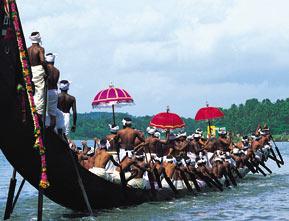 It is mainly conducted during the season of the harvest festival Onam in Autumn. Vallam Kali include races of many kinds of traditional boats of Kerala. The race of Chundan Vallam (snake boat) is the major item. Hence Vallam Kali is also known in English as Snake Boat Race and a major tourist attraction. Other types of boats which do participate in various events in the race are Churulan Vallam, Iruttukuthy Vallam, Odi Vallam, Veppu Vallam (Vaipu Vallam), Vadakkanody Vallam, [[Kochu Vallam.
It is mainly conducted during the season of the harvest festival Onam in Autumn. Vallam Kali include races of many kinds of traditional boats of Kerala. The race of Chundan Vallam (snake boat) is the major item. Hence Vallam Kali is also known in English as Snake Boat Race and a major tourist attraction. Other types of boats which do participate in various events in the race are Churulan Vallam, Iruttukuthy Vallam, Odi Vallam, Veppu Vallam (Vaipu Vallam), Vadakkanody Vallam, [[Kochu Vallam.The most renowned of these races
Nehru Trophy Boat Race
Champakulam Moolam Boat Race
Aranmula Uthrattadi Vallamkali
Payippad Jalotsavam, The Oldest Snake boat race.
Kumarakom Boat Race
Indira Gandhi Boat Race, at Ernakulam lake.
Nehru Trophy Boat Race is a popular Vallam Kali held in the Punnamada Lake near Alappuzha, Kerala. Vallam Kali or Vallamkali literally means boat play/game, but can be translated to boat race in Malayalam. The most popular event of the race is the competition of Chundan Vallams (Snake Boats). Hence the race is also known as Snake Boat Race in English. Other types boats which participate in various events of the race are Churulan Vallam, Iruttukuthy Vallam, Odi Vallam, Veppu Vallam (Vaipu Vallam), Vadakkanody Vallam and Kochu Vallam.
The race conducted on the second Saturday of August every year is a major tourist attraction.
Chundan Vallam (Chundan boat) known to outside world as Kerala snake boats is one of the icons of Kerala culture used in Vallamkali (boat race).
Constructed according to specifications taken from the Sthap Athya Veda, an ancient treatise for the building of wooden boats. These boats are about 100 to 138 ft in length, with the rear portion towering to a height of about 20 ft. and a long tapering front portion. It resembles a snake with its hood raised. Its hull is built of planks precisely 83 feet in length and six inches wide. Aries Punnamada Chundan, an initiative of the Aries Group of Companies, is widely acclaimed to be the longest Snake Boat with a length of 144 ft. It is also the first Snake Boat to be constructed in steel.
